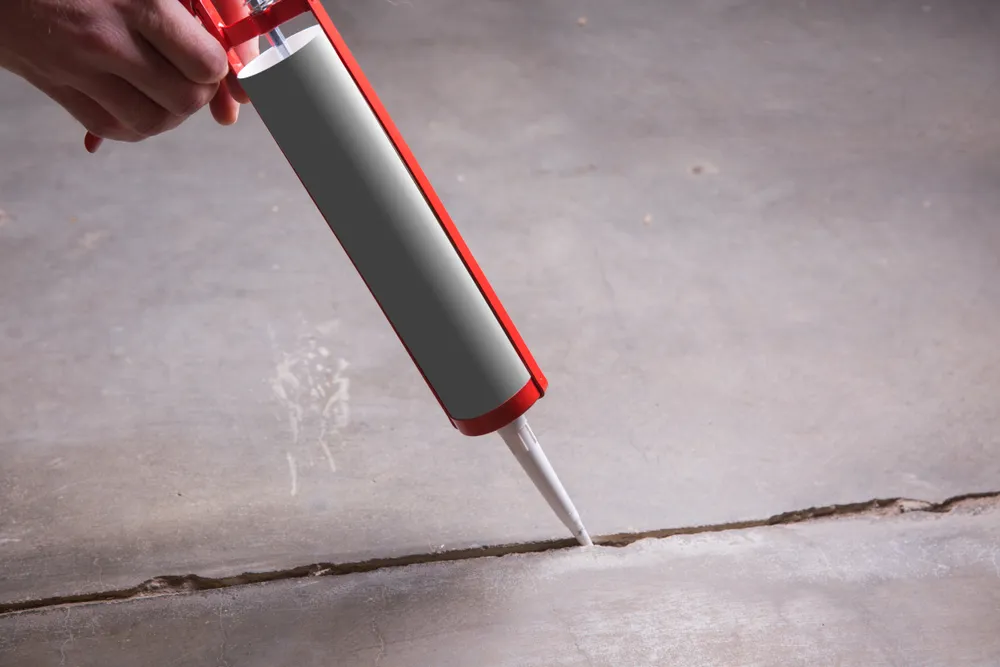Concrete caulk is critical for maintaining and repairing concrete structures, ensuring they remain safe and visually appealing. It is vital in filling cracks and gaps, preventing water and debris from causing further damage. Whether for residential driveways or commercial buildings, understanding the proper use and benefits of concrete caulk can save significant time and money in long-term maintenance.
Types of Concrete Caulk
Concrete caulks vary widely based on their composition and intended use:
Polyurethane Caulk: Highly valued for its flexibility and strength, polyurethane caulk adapts to the movements of concrete structures, accommodating shifts without cracking. It’s particularly effective for areas with temperature fluctuations.
Silicone-Based Caulk: Renowned for its weather resistance, silicone caulk is ideal for outdoor applications where exposure to rain, sun, and extreme temperatures is common. It does not degrade easily and maintains its elasticity over time.
Acrylic Latex Caulk: Known for its ease of use and cleanup, acrylic latex caulk is perfect for indoor applications and small repair tasks. It can be painted over, making it ideal for projects where aesthetics are a concern.
Applications of Concrete Caulk
Beyond simple crack filling, the strategic application of concrete caulk can enhance the functionality and longevity of concrete structures. Key applications include:
Sealing Expansion Joints: Vital for maintaining structural integrity, caulking expansion joints helps accommodate natural concrete movement, thus preventing cracks.
Waterproofing: By sealing cracks and joints, caulk prevents water ingress that can lead to significant structural damage over time.
Safety Improvements: Filling gaps and cracks eliminates tripping hazards, significantly enhancing safety on concrete walkways and floors.
Advantages of Concrete Caulk
Utilizing concrete caulk comes with multiple advantages:
Preventive Maintenance: It is a barrier against elements that can erode or damage concrete, such as water, ice, salts, and oils.
Cost-Effectiveness: Regular use of concrete caulk can defer expensive repairs or replacements of concrete structures.
Aesthetic Maintenance: Caulk helps maintain the original appearance of concrete surfaces by preventing the growth of weeds and the accumulation of dirt in cracks.
DIY Tips for Applying Concrete Caulk
For those looking to undertake caulking as a DIY project, here are some helpful tips:
Surface Preparation: Ensuring the crack or gap is clean and dry is crucial for effective caulking.
Proper Application: Using a caulking gun can help apply caulk evenly and deeply into the cracks.
Curing Time: Allow adequate time for the caulk to cure fully before exposing the area to heavy traffic or moisture.
Conclusion
Effective use of concrete caulk is essential for anyone looking to maintain or restore concrete surfaces. Its role in extending the life of concrete while maintaining its aesthetic and structural integrity cannot be overstated. As concrete surfaces age and weather, incorporating caulking into regular maintenance routines will ensure they remain robust and attractive for years to come.
Whether you’re dealing with a minor sidewalk repair or a major commercial project, the right caulk can make a significant difference. For those new to this aspect of building maintenance, consulting with a professional or referring to detailed guides can provide the confidence to tackle projects effectively.

